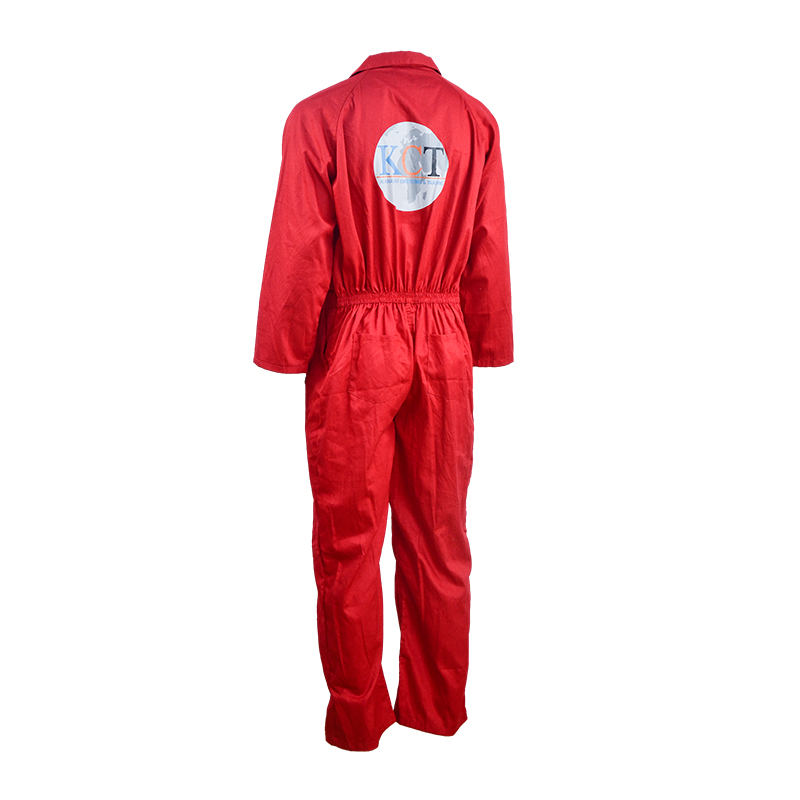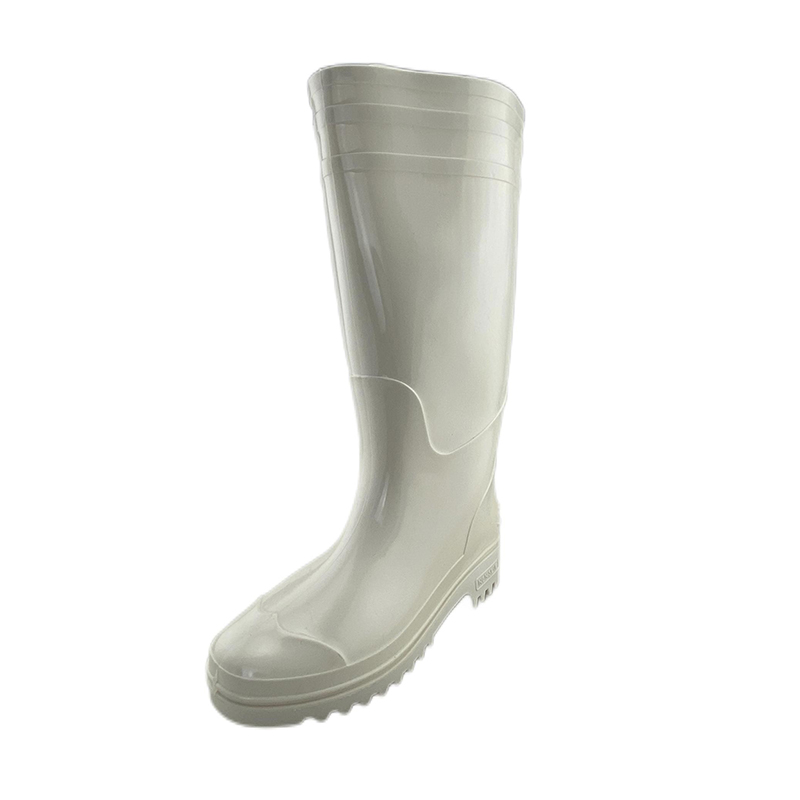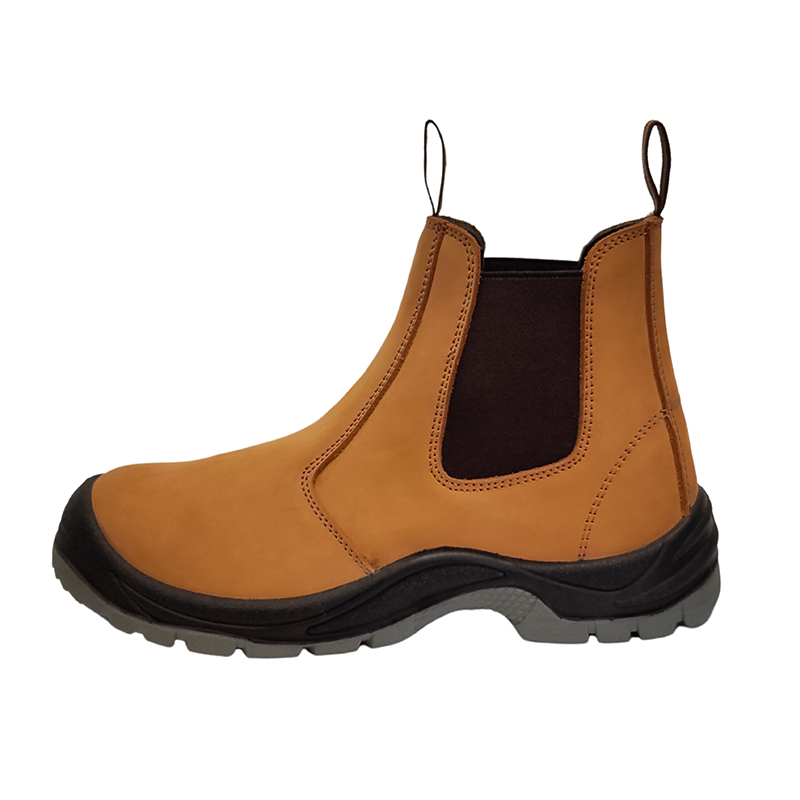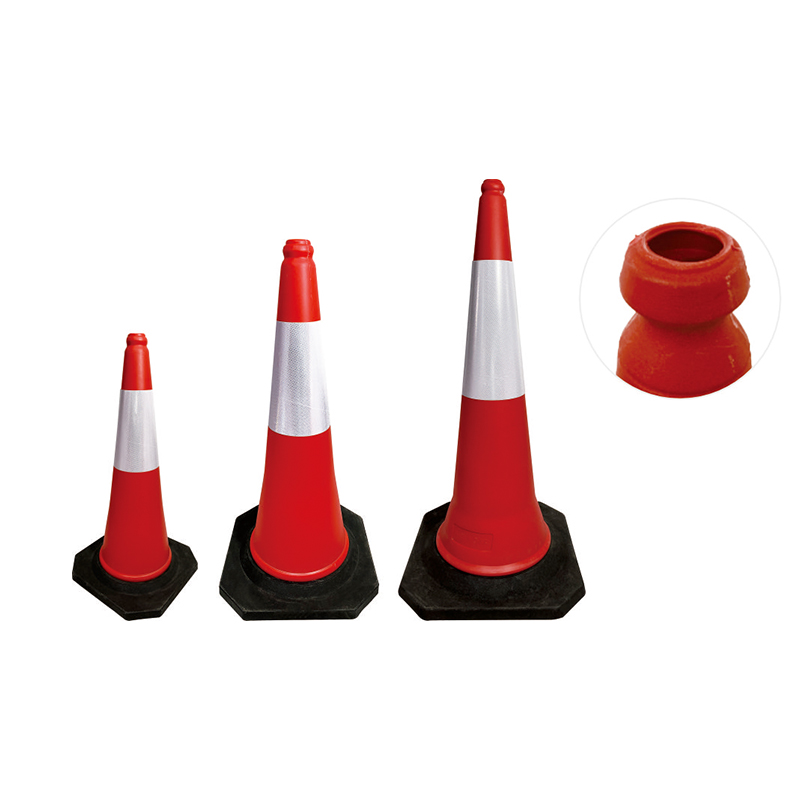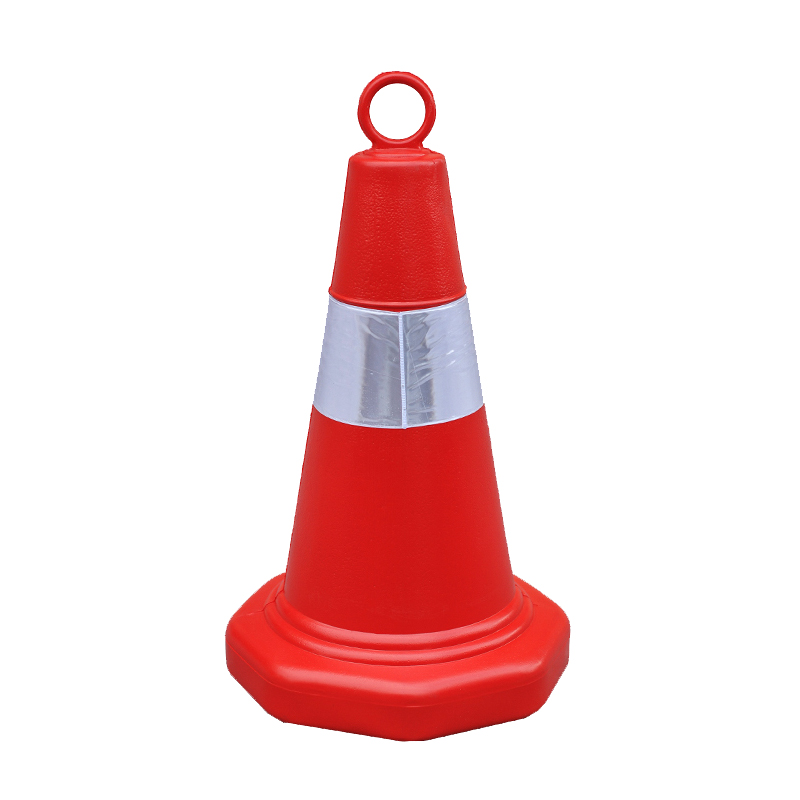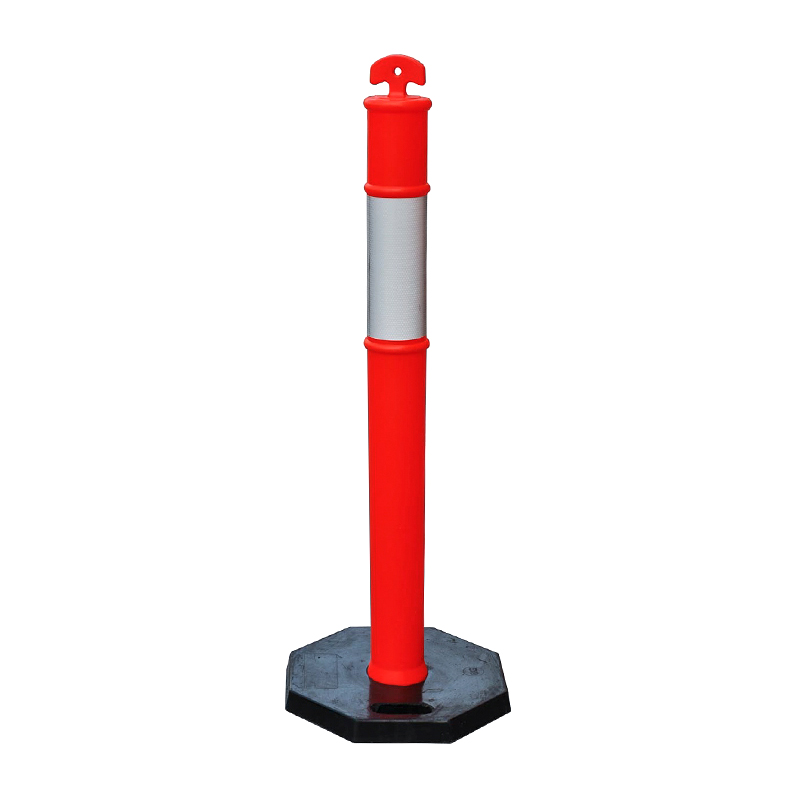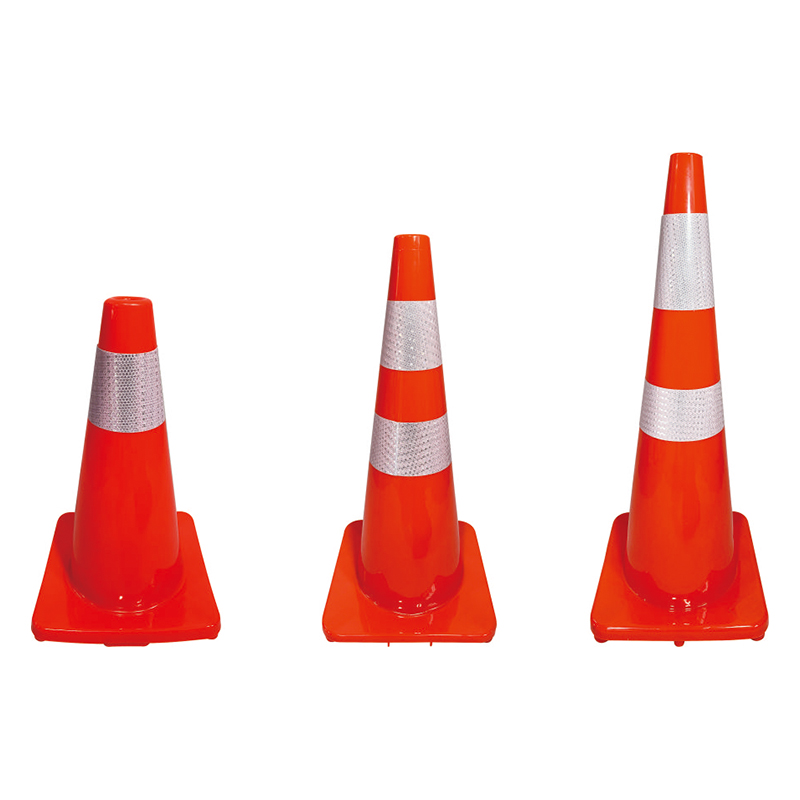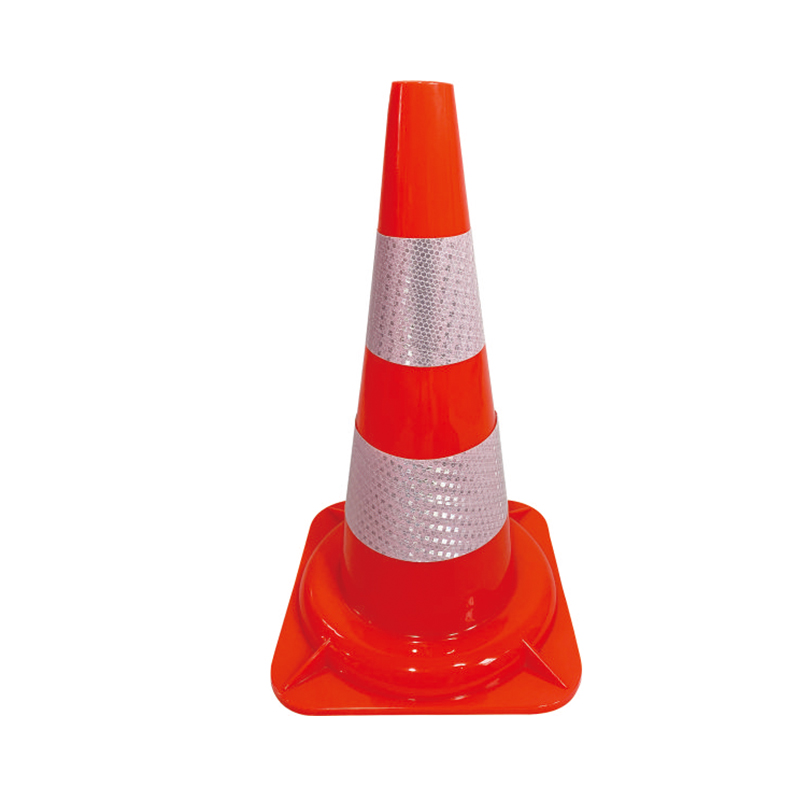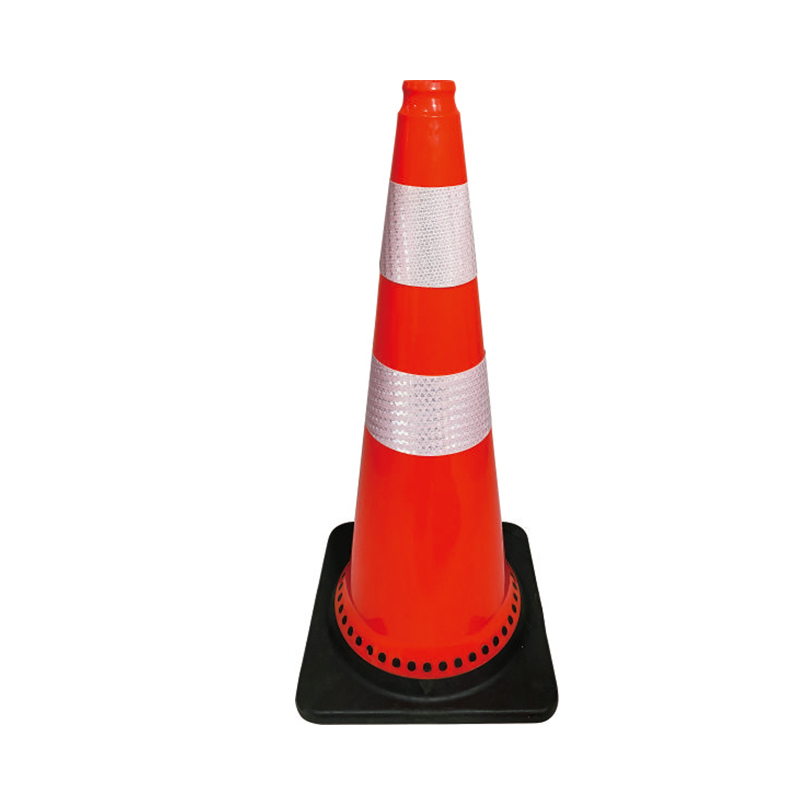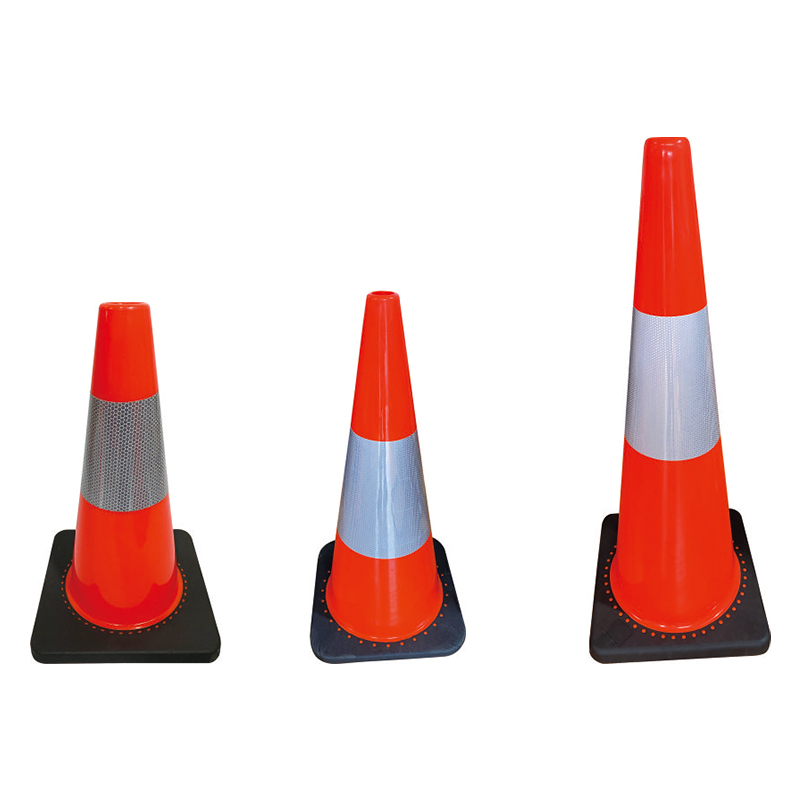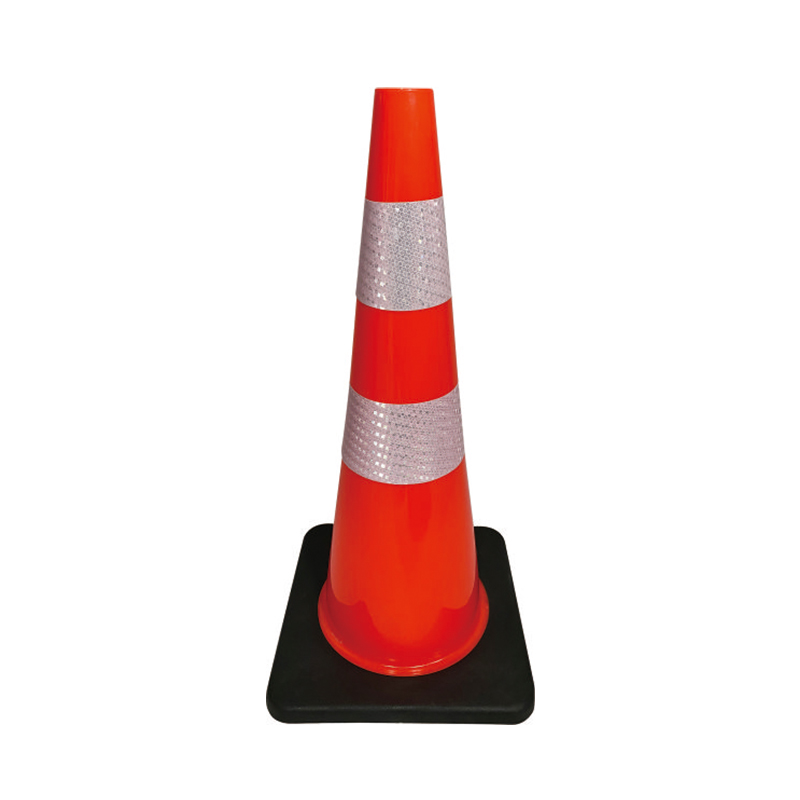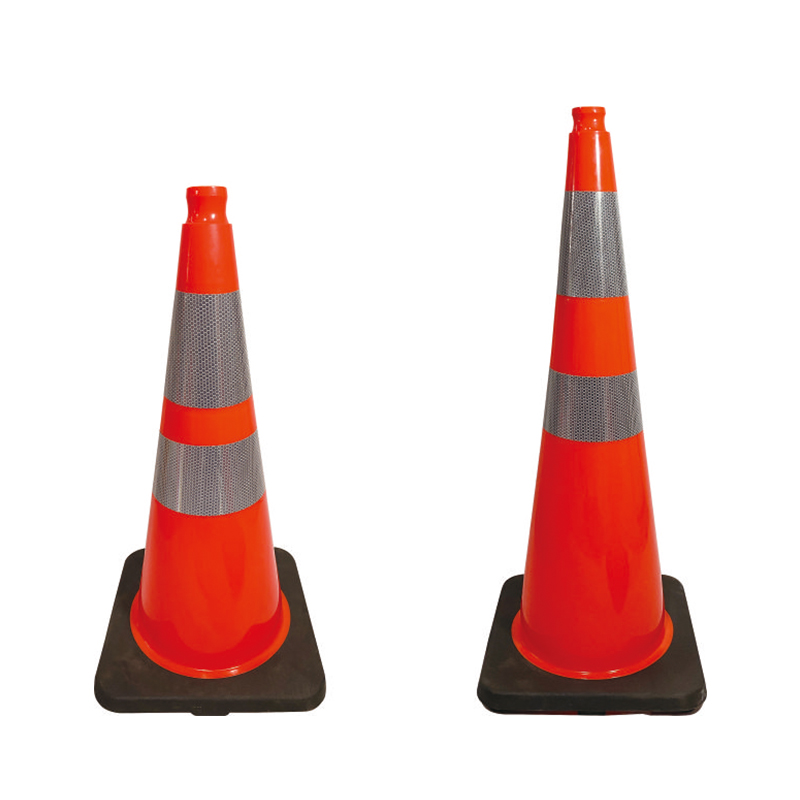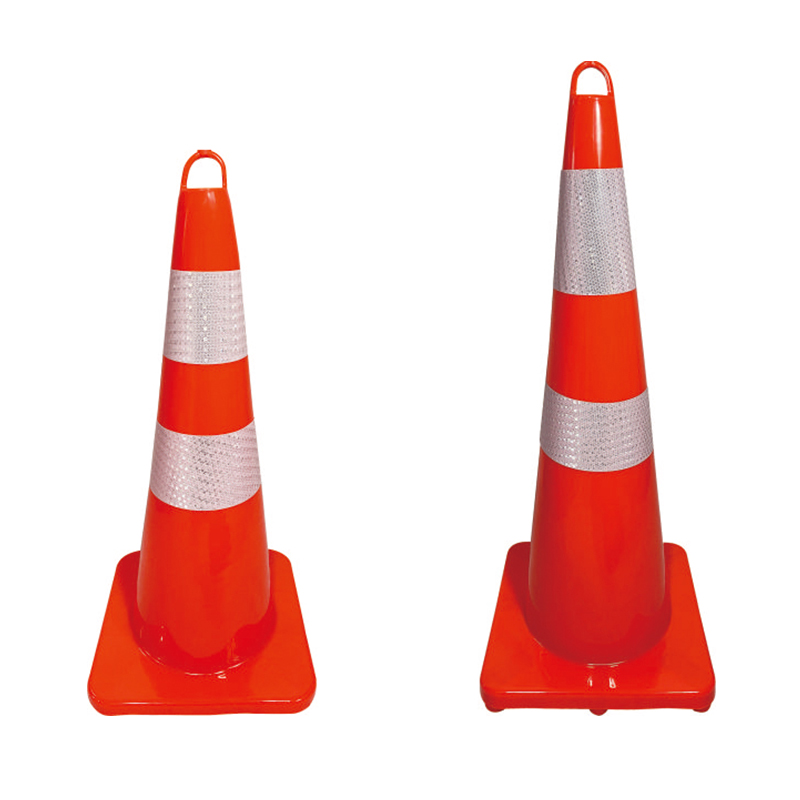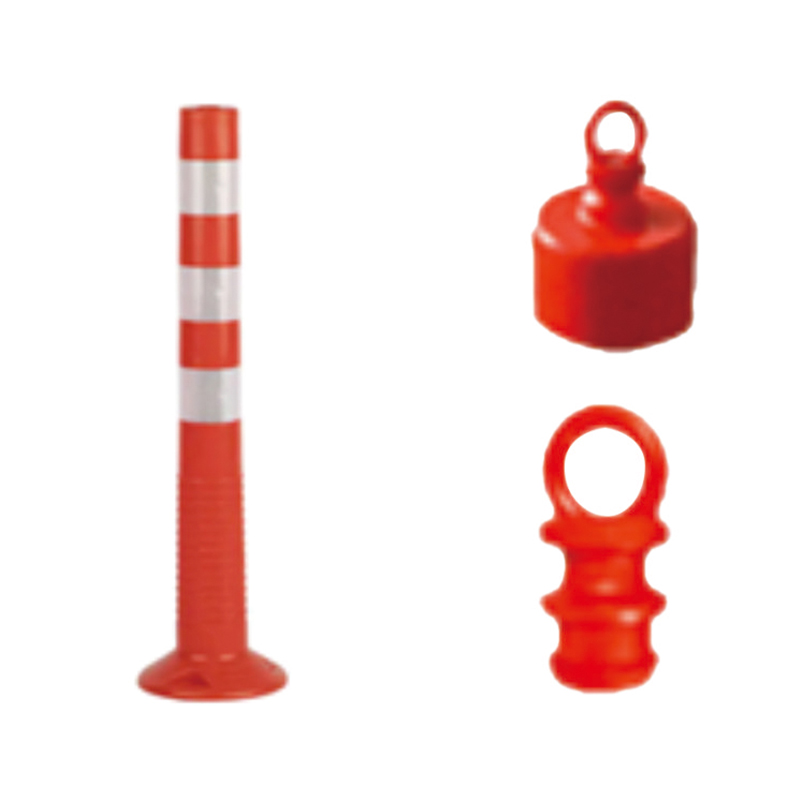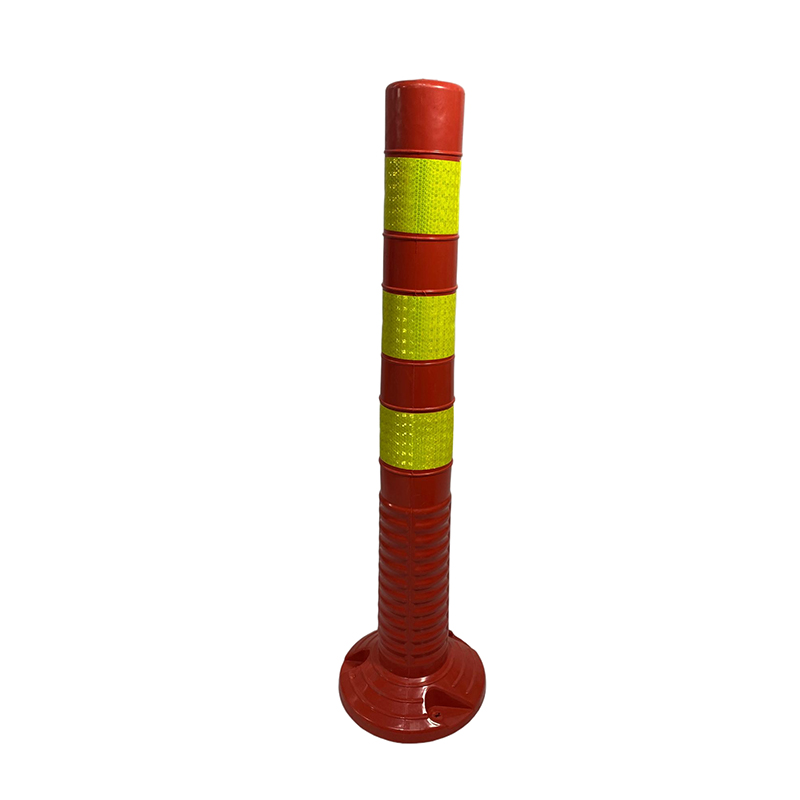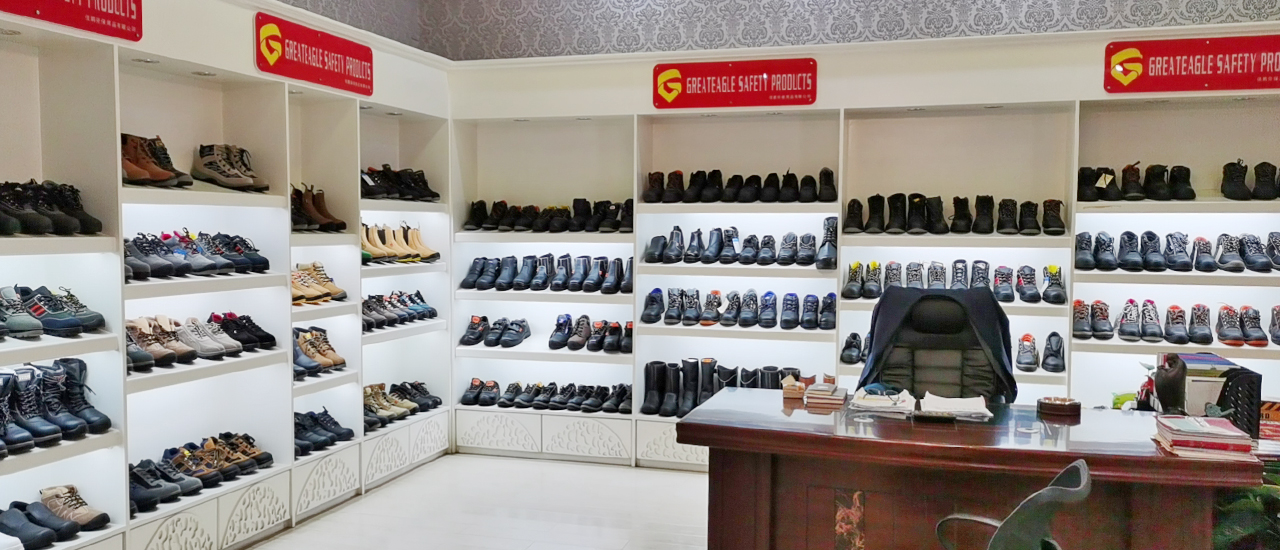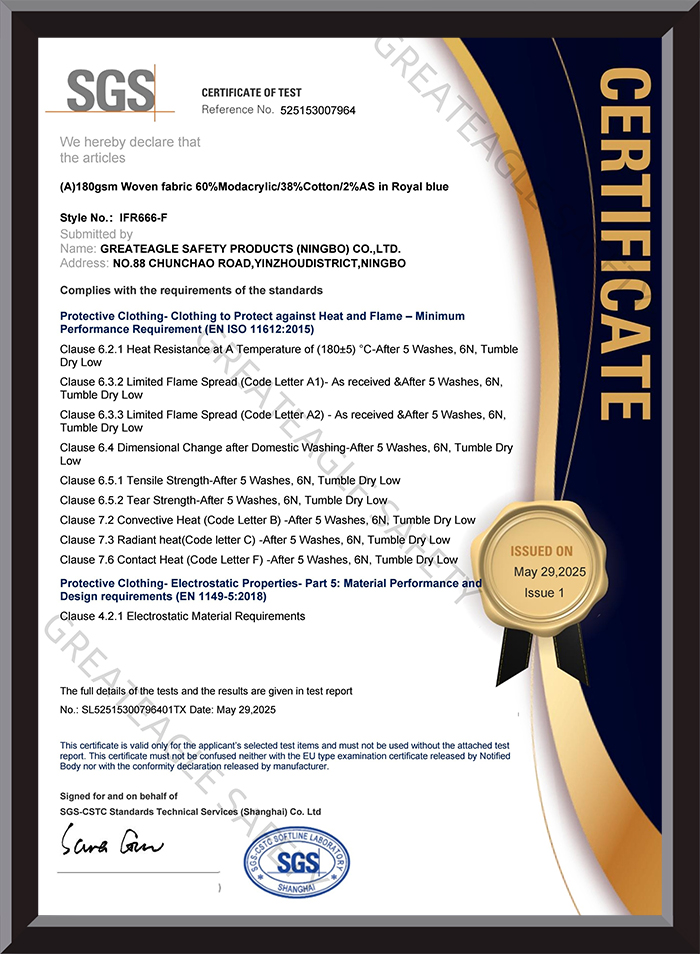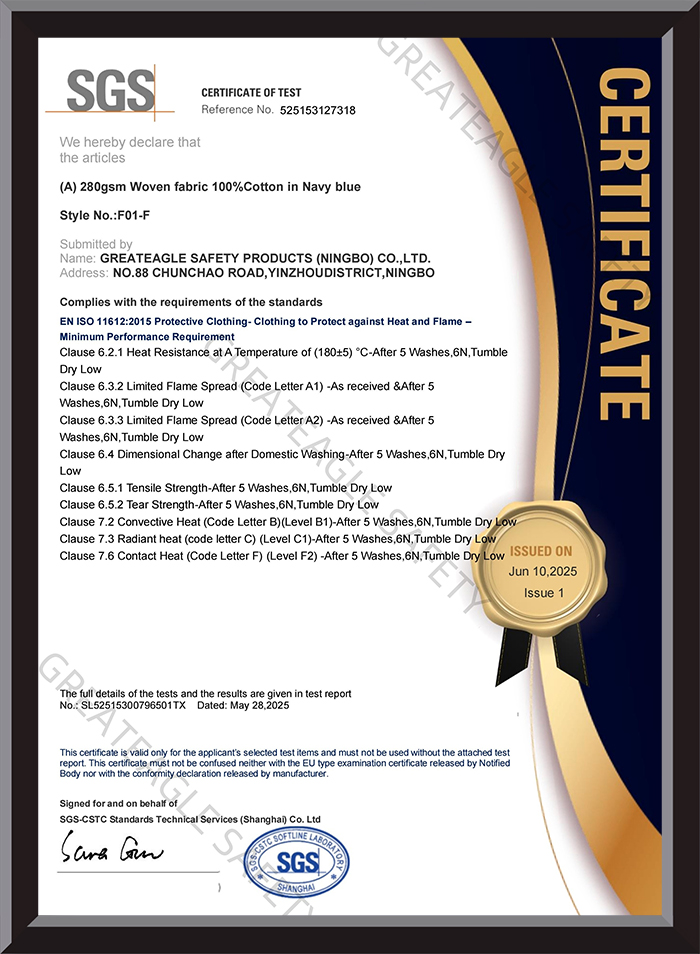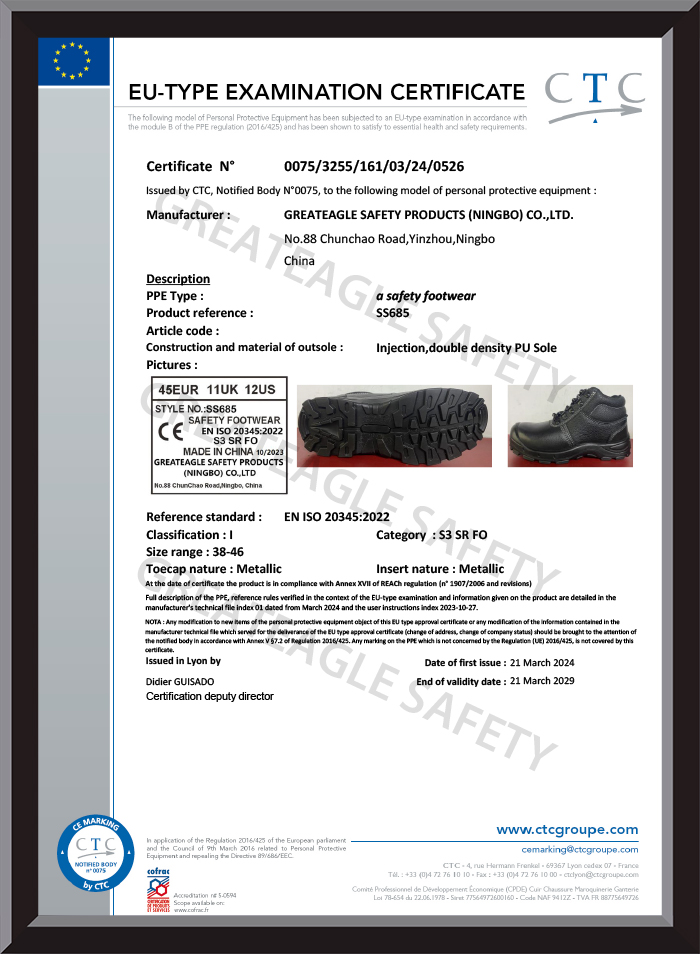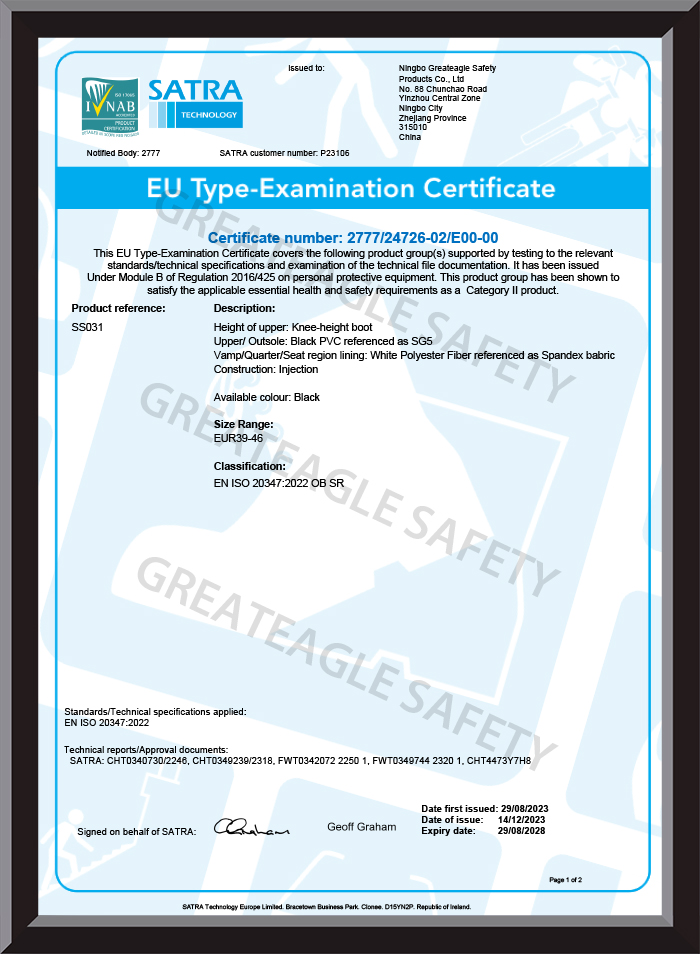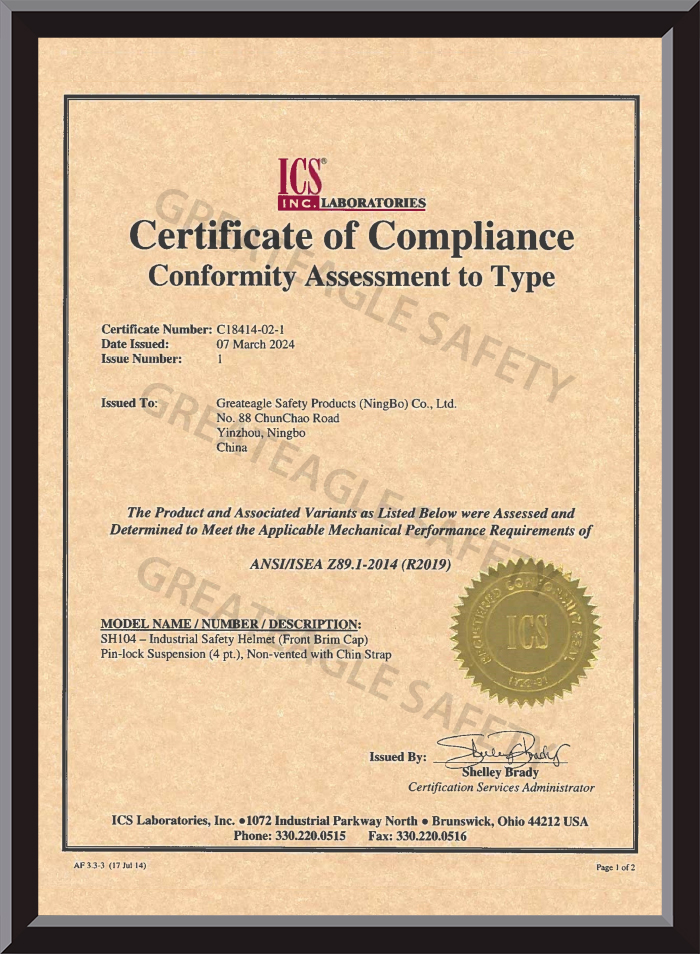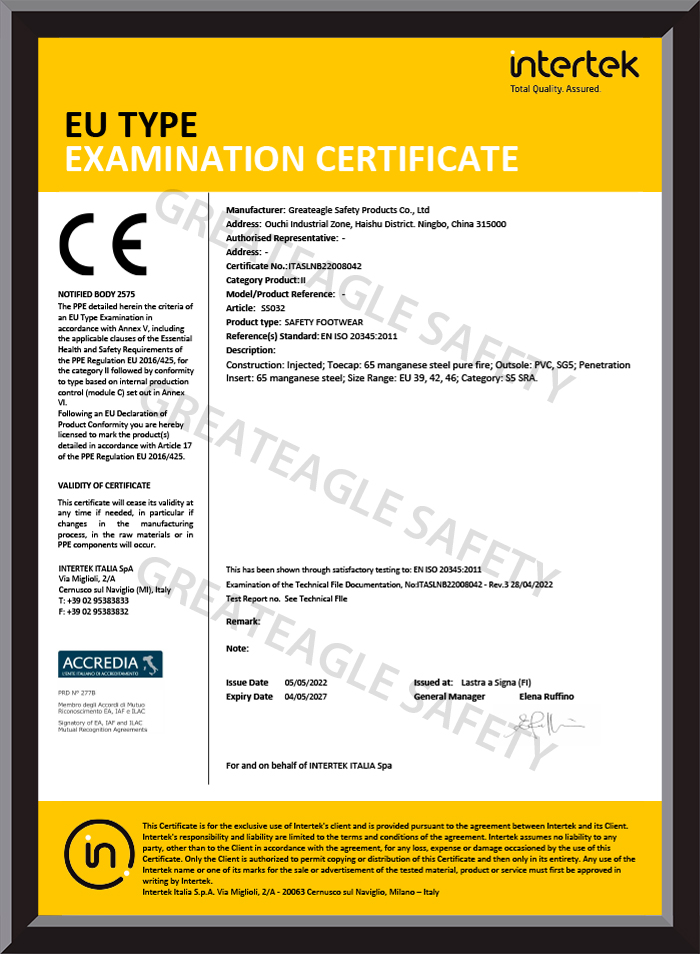Is the road safety equipment resistant to impact, UV and corrosion?
The basic influence of material selection on impact resistance
Greateagle Safety attaches great importance to the matching relationship between material performance and product function in the research and development and manufacturing of road safety equipment. To improve the impact resistance, commonly used materials include high-density polyethylene (HDPE), polyurethane (PU) and rubber composite materials. These materials have strong toughness and elasticity, and can absorb energy by material deformation rather than fracture when hit by external force, thereby playing a role of buffer protection. For common mobile traffic cones, speed bumps, warning columns and other products in road construction areas, the company will select structural plastics with compression and crack resistance according to the frequency of use and environmental conditions of the products, so that they can still maintain basic functions under accidental collisions or wind impacts of vehicles.
The coordination relationship between product structural design and impact resistance
In addition to the characteristics of the material itself, the structural design of road safety equipment is also a key factor in ensuring impact resistance. Greateagle Safety fully considers factors such as impact point distribution, force transmission path and center of gravity balance in product design. For example, in the design of isolation piers or traffic fences, the product has stronger structural integrity by reasonably setting reinforcement ribs, embedded supports or double-layer structures. At the same time, some products are designed with rebound mechanisms or deformable modules to enhance the ability to withstand deformation when facing sudden impacts. This design not only increases the service life of the product, but also reduces the risk of secondary damage caused by equipment damage.
Material additive technology improves UV resistance
Most road safety equipment is exposed to the outdoors for a long time, so UV resistance has become an important indicator of product durability. Greateagle Safety usually adds UV absorbers or antioxidants during the molding process of polymer materials to make the material itself more light-stable. Such additives can effectively slow down the aging, discoloration, and embrittlement of materials under direct sunlight. Especially for equipment used in high-radiation areas such as the Middle East and Africa, the company will appropriately adjust the addition ratio of UV stabilizers according to the environment of the use site to enhance the anti-aging performance, thereby ensuring the stability of the product in hot climates.
Surface treatment process extends the service life
In addition to adding anti-UV components to raw materials, Greateagle Safety also uses a variety of surface treatment methods to improve the product's UV resistance and weathering resistance. For example, some metal structural parts will use hot-dip galvanizing and electrostatic spraying for double protection to improve their durability in strong light and humid environments. Plastic products may also be sprayed with protective coatings or coated on the surface to improve their ability to resist ultraviolet radiation. These processes not only improve the overall aesthetics of the product, but also reduce the problem of surface cracking or fading during long-term outdoor use.
Multi-layer protection mechanism improves corrosion resistance
The use environment of road safety equipment is often accompanied by rain, sludge, snow melting agents and even chemical erosion. Greateagle Safety adopts multiple protection strategies in product anti-corrosion design. For metal parts, such as reflective brackets or anchors, the company generally uses stainless steel or galvanized steel, and reduces the exposed area through closed design. Plastic products enhance their corrosion resistance through the acid and alkali resistance of polymer materials themselves, as well as the addition of an impermeable layer. In addition, some equipment also supports customized anti-corrosion coatings to further enhance their adaptability in highly corrosive environments such as coastal areas and industrial parks.
Material optimization for high temperature and humid environments
Greateagle Safety has subsidiaries and businesses in extreme climate regions such as the Middle East and Southeast Asia, so the company pays special attention to the physical stability of its products in complex environments such as high temperature and high humidity. To this end, the company has adjusted the composition ratio of the plastic and rubber materials it has selected so that they are not easily deformed, adhered or aged in environments with high temperature exposure or drastic changes in humidity. For some metal-like products, the company will also use high-temperature resistant coatings or alloys to deal with the material performance degradation caused by solar radiation and rising surface temperatures.
Verify material performance stability through simulation tests
In order to ensure that road safety equipment has long-term impact resistance, UV resistance and corrosion resistance, Greateagle Safety will conduct a series of laboratory simulation tests before the product leaves the factory. These tests include free fall impact tests, constant temperature and humidity tests, salt spray corrosion tests, UV accelerated aging tests, etc., which simulate the changes in material performance under extreme use conditions to evaluate its actual durability and reliability. This standardized testing method provides technical support for products to enter markets in different countries and also provides users with a reference basis in actual use.
Combining new processes to continuously improve product adaptability
As a company that attaches importance to technology accumulation and process innovation, Greateagle Safety continues to invest in the research and development of new materials and new processes. In terms of impact resistance, UV resistance and corrosion resistance, the company is exploring the use of nanomaterials to enhance composite structures, the use of dual injection molding technology to improve structural sealing, and the use of automatic spray systems to improve coating uniformity. These innovative processes help improve the overall stability of the product, while also reducing the maintenance frequency and replacement costs caused by the impact of the natural environment.
Provide customized product solutions for different usage scenarios
Greateagle Safety is aware that the use environment of road safety equipment varies greatly, so it provides a variety of configuration options in terms of product specifications, material thickness, surface treatment methods, etc. For example, on high-speed sections near the sea, it is recommended to use galvanized steel brackets with strong salt spray resistance and PVC anti-UV warning boards; while on urban roads, warning facilities that use a combination of impact-resistant plastics and embedded reflective film can better balance safety and aesthetics. Through personalized product configuration, the company can better adapt to the specific needs of different users.
The balance between material selection and environmental factors
In the material design of road safety equipment, Greateagle Safety focuses on finding a balance between product durability and cost control. Not all products require extremely high levels of protection, but rather materials are combined based on purpose, frequency, use cycle, and other dimensions. For example, temporary warning columns can be made of lightweight materials for easy handling, while long-term isolation barriers require thicker and more corrosion-resistant materials. The company continuously optimizes product design through data modeling and usage feedback to improve its adaptability and reliability in the target environment.
Are there any maintenance or replacement interval recommendations for the road safety equipment?
The impact of equipment use environment on maintenance cycle
The use environment of road safety equipment plays a decisive role in its maintenance cycle. Greateagle Safety usually makes specific maintenance frequency recommendations in product technical data and after-sales recommendations based on differences in the use environment. For example, in high temperature, strong ultraviolet radiation and dusty environment, the aging rate of plastic and metal materials will accelerate, and the surface of the equipment may fade, embrittle or rust earlier, so it is recommended to shorten the inspection cycle to once every 3 to 6 months. On urban roads or areas with low traffic volume, the maintenance frequency can be reduced accordingly. Through the long-term accumulation of product use feedback in different environments, the company provides users with environmental adaptability analysis support and assists customers in making reasonable maintenance plans.
Factors affecting the replacement cycle of material properties
Greateagle Safety uses a wide variety of materials in road safety equipment, such as high-density polyethylene (HDPE), rubber, galvanized steel, stainless steel and aluminum alloy. The durability and anti-aging ability of different materials vary, which directly affects the replacement cycle of the equipment. Generally speaking, plastic products such as warning columns and traffic cones are prone to color change and structural fatigue under strong sunlight, and the recommended service life is 1 to 2 years; metal products such as reflective guardrails or traffic signs can be used continuously for 3 to 5 years or longer under regular maintenance conditions. Companies usually mark the material characteristics and recommended replacement time range in the product factory instructions to help users prepare for equipment rotation in advance.
The regulatory effect of surface treatment process on maintenance frequency
In order to extend the service life of equipment, Greateagle Safety widely uses surface treatment technologies such as hot-dip galvanizing, electrostatic spraying, and reflective film composites in the production process. These treatment methods help slow down the corrosion rate and performance degradation of equipment under harsh climatic conditions and reduce maintenance frequency. For example, for steel equipment exposed to the outdoors for a long time, the use of double-layer coating treatment can reduce direct contact with rainwater and corrosive factors in the air, so it is recommended that only one surface cleaning and inspection is required each year. Through scientific material selection and process combination, the company has achieved optimization and control of the maintenance cycle to a certain extent.
Recommendations on the content and methods of regular inspections
Greateagle Safety usually recommends that users conduct regular inspections of road safety equipment to determine whether there are loose structures, reduced reflective performance, parts falling off, or surface damage. The inspection frequency depends on the type of equipment and the installation location. For example, temporary warning equipment in the construction area is recommended to be inspected once a month; fixed traffic isolation facilities or guardrails are more reasonable to be inspected once a quarter. The company also encourages users to adopt a record-based maintenance method and establish archives for each inspection result to facilitate the judgment of usage trends and the prediction of replacement time, thereby reducing the safety hazards caused by sudden equipment failures.
Correlation between frequency of use and equipment consumption
Road safety equipment for different purposes has differences in frequency of use, which directly affects its consumption and replacement cycle. For example, traffic cones or roadblocks that are repeatedly moved and deployed wear out faster in daily construction projects and may need to be replaced every six months; while fixed signs or warning lights have low usage frequencies and stable environments, and the replacement cycle can be extended to several years. Greateagle Safety provides corresponding periodic maintenance recommendations based on the functions and usage patterns of the equipment, so that customers can plan resource deployment in project management.
Independent replacement suggestions for key components
In some road safety equipment with more complex structures, Greateagle Safety pays special attention to the design and management of replaceable parts. For example, warning lights, battery boxes, reflective films, etc. are consumable parts, and their replacement cycle is usually earlier than the equipment itself. The company considered modular or easily disassembled structures during the product design stage, allowing users to replace these parts individually without having to scrap the equipment as a whole. This design idea not only improves maintenance efficiency, but also helps save maintenance costs. The company recommends that users set up separate replacement plans for key parts based on specific service life and operating status.
Provide multilingual product instructions and technical support
As an export-oriented company, Greateagle Safety provides road safety equipment for overseas markets such as the Middle East and Southeast Asia, while also providing multilingual product manuals and maintenance guidance documents. These materials usually include recommended inspection frequency, replacement cycle, common fault phenomena and handling methods. Users can formulate corresponding inspection plans based on the product manual, which will help improve the stability and safety level of equipment operation. The company also provides customers with necessary on-site technical training and consulting services by establishing subsidiaries and agency networks overseas to enhance the maintainability of products.
User feedback mechanism supports maintenance plan updates
Greateagle Safety attaches great importance to customer feedback during use. The company continuously collects product performance data under different climate and application conditions through after-sales service networks, agent return visits, and customer project summaries. By sorting and analyzing this information, the company can dynamically update the original maintenance and replacement recommendations, thereby improving the reference and practicality of the guidance documents. This mechanism enhances the company's service capabilities in the global market and improves the scientific nature of product maintenance cycle recommendations.
Replacement strategy that comprehensively considers cost and safety
In the recommendation of equipment replacement cycle, Greateagle Safety does not simply pursue the longest service life, but comprehensively considers factors such as the functional status, safety assurance capabilities and maintenance costs of the equipment. The company believes that excessively extending the equipment use cycle may lead to functional degradation and increase safety risks, while frequent replacement will bring unnecessary expenses. In its technical documents, the "recommended replacement time range" is often given for users to make reasonable judgments based on actual conditions. For example, for LED warning lights frequently used in night construction, it is recommended to evaluate the brightness degradation of the light source after about 12 to 18 months of use and replace them as appropriate.
